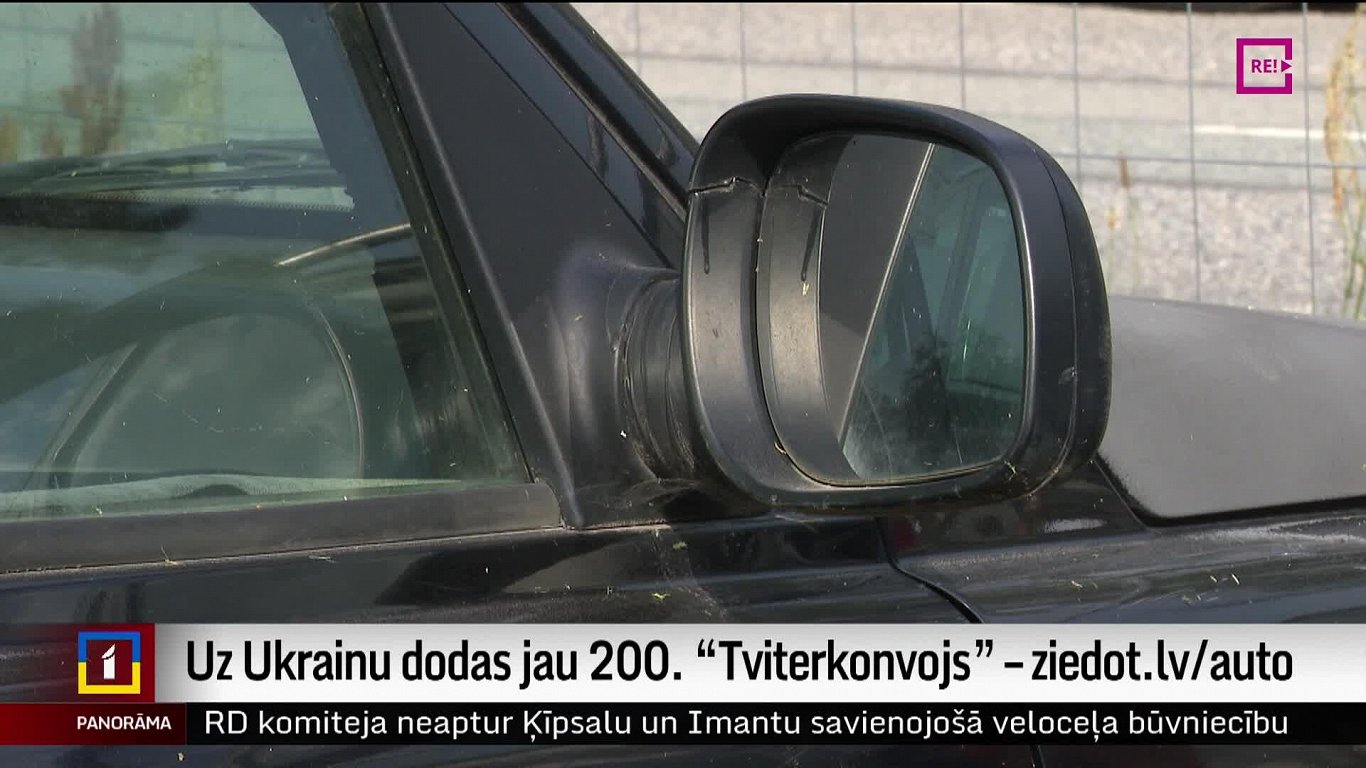The initiative began shortly after the war began. Initially in a private group of friends, it gained popularity with a post on the social network “Twitter” (since rebranded as “X”), though its efforts are by no means restricted to that particular social network.
About 3,100 cars have been sent to Ukraine since the start of the war. One of the founders of the convoy, MEP Reinis Pozniaks (United List), said that it would be difficult to determine the total value of the cars, but they are certainly in the millions of euros.
“So we roughly assume that the average value for one could be around 3,000–3,500 euros. Well, 3,000 is a lot. It’s not so much pride anymore, but sadness that it’s still necessary. That it’s already the 200th [convoy]. I remember how at first we all hoped that next week or the week after would all end. But, yes, the fourth year is passing. And the 200th convoy,” said Pozniaks.
Several very experienced drivers set off on Friday evening. The volunteers have been to Ukraine more than 50 times, including Laura.
“The war is still not over. That’s why I think we still need to help. And that’s definitely the main motivator, that the Ukrainians are fighting there. And they’re still having a hard time, we find out when we go there and talk to the Ukrainians themselves. That’s why there’s still that motivation and desire to help, even if it’s just one car,” said Laura, who is participating in the convoy for the 57th time.
The convoy is planned to continue until Ukraine’s victory. However, their number has decreased recently. In the past two weeks, convoys have even been missed, and not because there are no vehicles or volunteers ready to go to Ukraine.
Pēteris, who participated in the convoy for the 24th time, said: “Last year, it was already possible to regularly apply and ride. Now, unfortunately, the financial situation is a little more difficult for the convoy, because donations have decreased. And we also get to drive less often, because there is simply no money for fuel, which is the primary thing the money goes for.”
Laura, on the other hand, said: “There will always be cars, there will always be drivers. But the problem is that not as much is being donated anymore. And there are no funds to repair those cars or refuel them along the way. That’s why convoys are less frequent now.”
About half of the cars sent in recent convoys are vehicles that have been confiscated from drunk drivers in Latvia.
